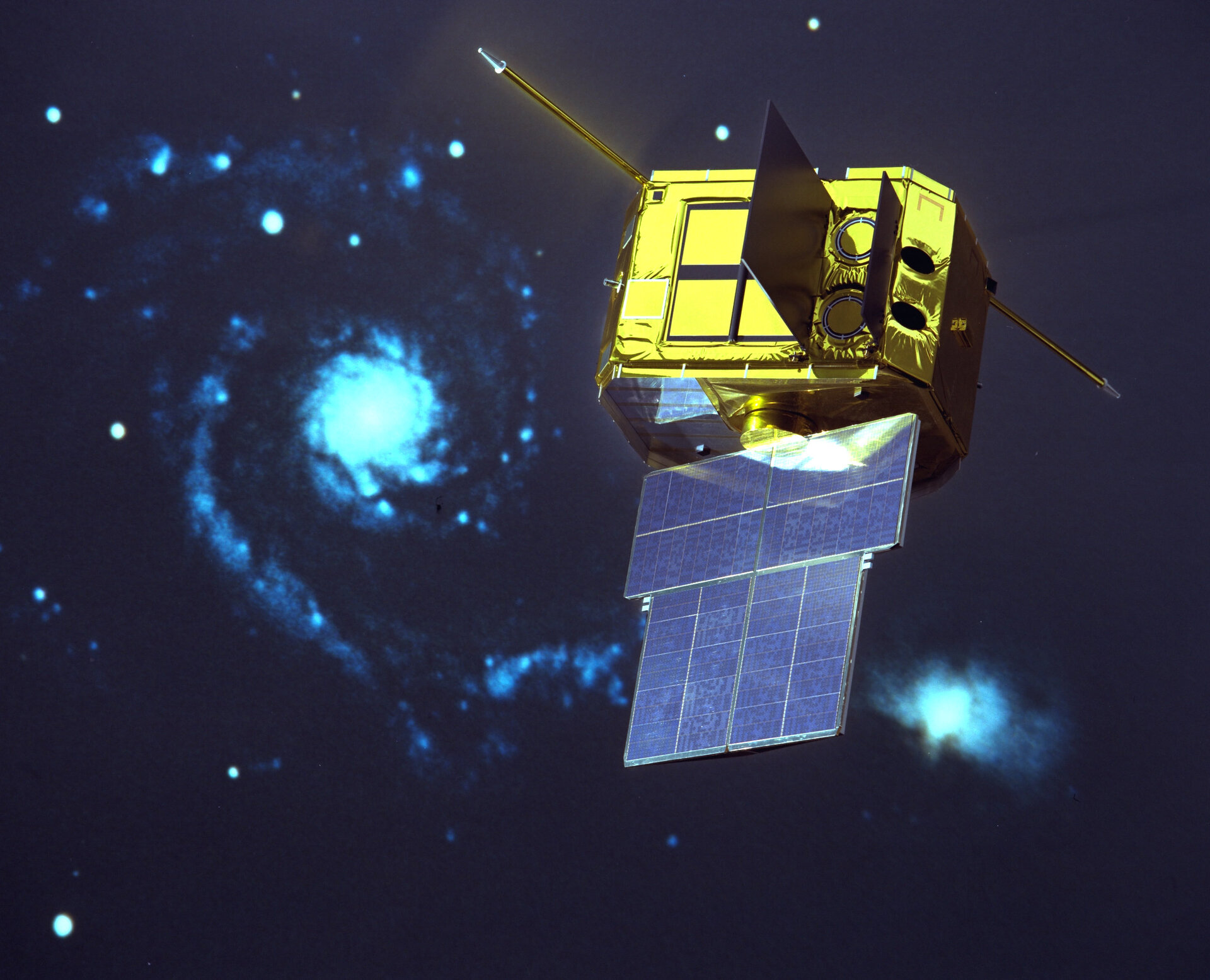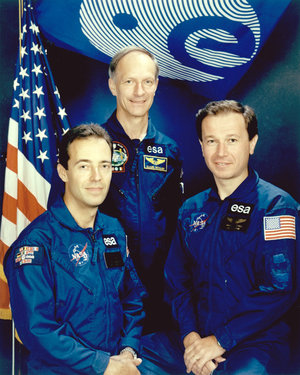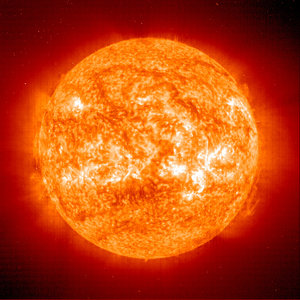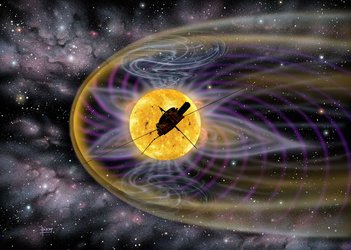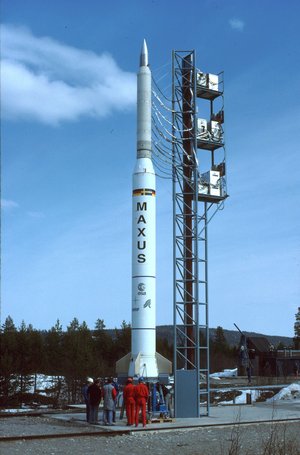6 May
1986: On 6 May 1986, ESA's Exosat satellite re-entered Earth's atmosphere at the end of its mission.
Exosat stands for European X-ray Observatory Satellite and it was the first ESA mission entirely devoted to study the Universe at X-ray wavelengths. It observed a wide variety of objects, including active galactic nuclei, X-ray binary systems, supernova remnants and clusters of galaxies.
It was launched on 26 May 1983 and placed in an elliptical orbit. Scientists were able to operate the instruments for 76 hours of each revolution.
Exosat's payload consisted of three instruments: two low-energy telescopes, a medium-energy proportional counter and a gas scintillation proportional counter. These detected X-rays in the 0.05 to 50 keV band. Exosat was actively making observations until April 1986 but the natural decay of the orbit caused the satellite to enter the Earth's atmosphere on 6 May of that year.
All the data that Exosat retrieved are still available for study and still leading to new discoveries.


